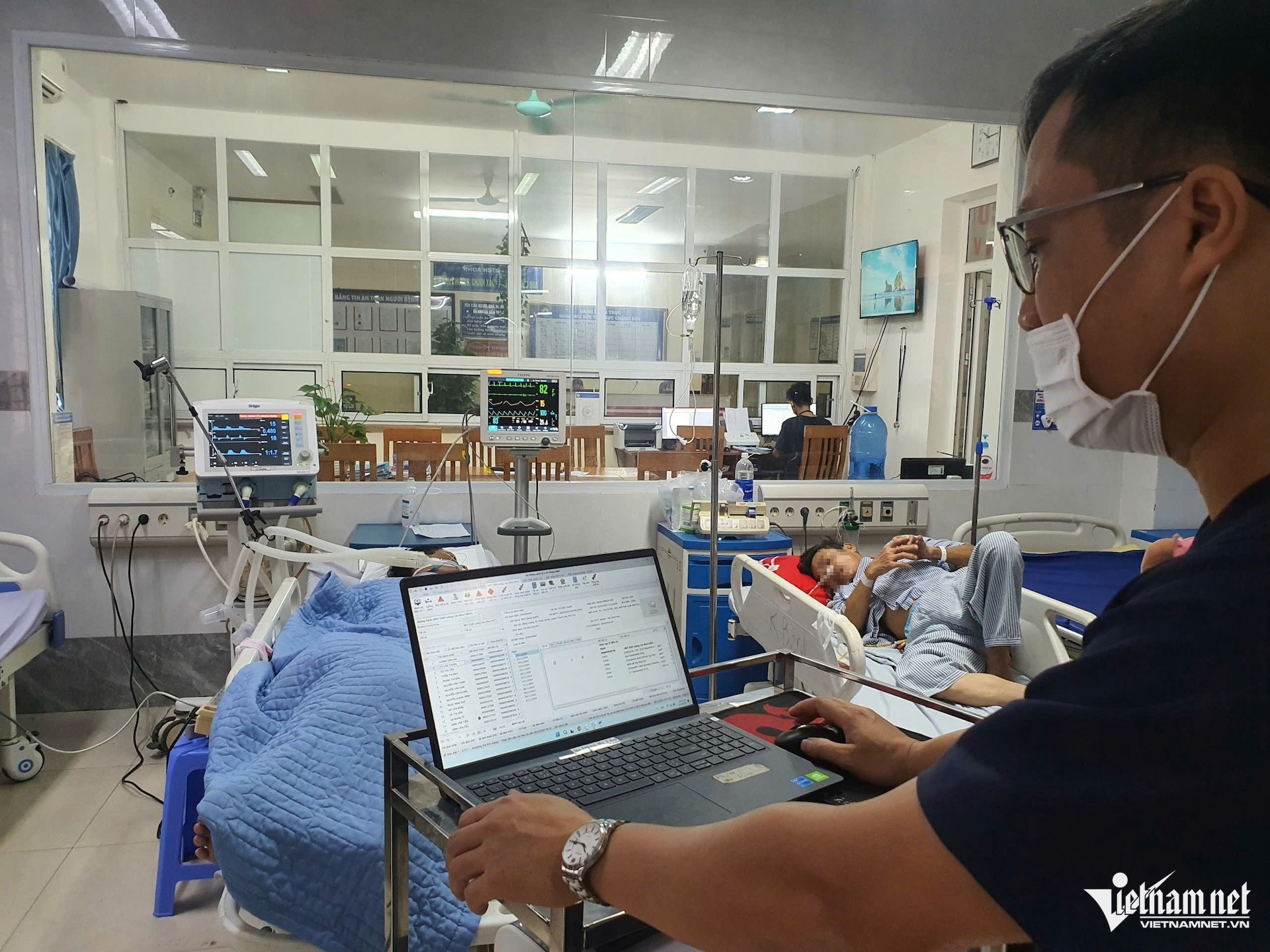
MOH on April 8 announced a plan to deploy the electronic medical record scheme, mandating completion across all hospitals nationwide by September 2025 at the latest.
Notably, for financial resources, the ministry tasked the Planning and Finance Department with leading and coordinating with relevant units to draft regulations embedding IT application costs in medical service fees, due by June.
Currently, medical service fees only factor in two of four elements: "direct costs" (drugs, reagents, blood, chemicals, materials, tools) and "wages." The other two—"management costs" and "equipment depreciation"—aren’t yet included.
Under the current Medical Examination and Treatment Law, IT costs fall under "management costs."
Deputy Minister of Health Nguyen Tri Thuc directed that by April, the Science, Technology, and Training Department must lead the revision and update of a circular guiding electronic medical record deployment (replacing Circular 46/2018/TT-BYT).
Meanwhile, the Medical Examination and Treatment Department is responsible for finalizing clinical terminology and lab indicator lists for use in electronic records.
At the same time, the Health Insurance Department will collaborate to develop technical-economic norms for diagnostic imaging services on the RIS-PACS system, laying the groundwork to propose and seek approval for service fees using RIS-PACS without film printing.
RIS is a software system deployed in diagnostic imaging departments, managing both text and image data, while PACS stores, transmits, and retrieves images from ultrasound, X-ray, MRI, or CT devices.
In practice, many medical facilities have begun using electronic records and PACS, but problems still exist. They have to print the films, or the social insurance agency won’t reimburse those costs to hospitals due to the Ministry of Health lacking specific health insurance pricing guidelines.
Deputy Minister Nguyen Tri Thuc said agency heads must take full responsibility for electronic medical record efforts, prioritizing resources and mobilizing participation from organizations, businesses, and citizens.
There are 1,650 hospitals in Vietnam, including 380 private ones. Associate Professor Tran Quy Tuong, chair of the Vietnam Medical Informatics Association, said 100 percent of healthcare facilities nationwide have adopted IT, with hospital information systems (HIS) in place, and all hospitals are linked to social insurance for electronic health insurance assessments.
Yet, only 150 public and private hospitals have fully implemented electronic medical records and ditched paper entirely. This pace is deemed very slow against the timeline in the MOH’s Circular 46/2018.
A key bottleneck, according to Tuong, is the lack of clear financial mechanisms for healthcare IT and electronic records—IT spending isn’t budgeted, and IT costs aren’t part of service fee structures.
Vo Thu